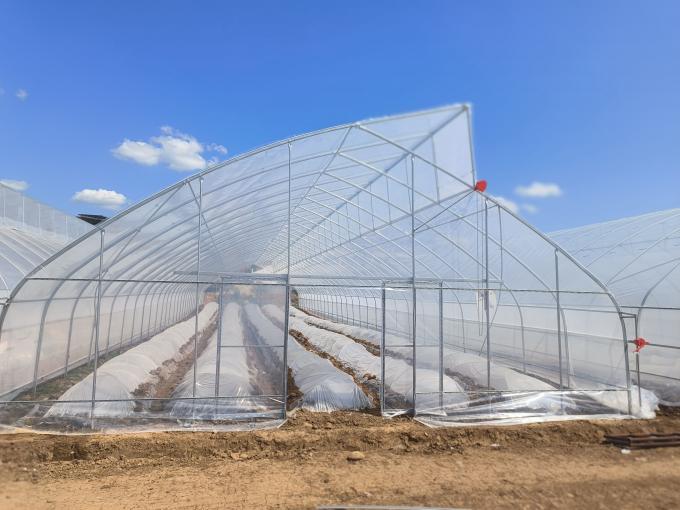In the process of greenhouse construction, the choice of greenhouse plastic film is very important. It can not only affect the growth and development of crops, but also play a protective role when disaster strikes. Therefore, choosing a suitable film has become a big problem for vegetable farmers. Today we will learn more about it.

In many cases, vegetable farmers choose greenhouse films based on the thickness of the film, because thicker greenhouse films are easier to use and have higher thermal insulation effects. If the greenhouse is planted in a rainy and windy area, we recommend that you choose this thicker film, because this film has a strong protective effect, is not easily damaged, and is easier to maintain.
If the greenhouse planting location is in an area with drought and little rainfall, then a relatively thin film should be selected, which is not only beneficial to the photosynthesis of crops, but also cheap and reduces unnecessary expenses.
In the past, most greenhouse films were colorless and transparent. With the development of science and technology, light blue films have become the mainstream. In addition, films in black, purple, pink, yellow and other colors have also been born one after another, and colored films Films can change the nature of light in a greenhouse.
Compared with colorless films, colored films can increase vegetable yields and reduce pests and diseases. For example, yellow films can obviously promote the growth of cucumbers, but light blue films can increase the yield of coriander but reduce the yield of cucumbers. Therefore, we need to conduct a detailed analysis of the greenhouse film we need based on the planting area and the types of planting materials.








